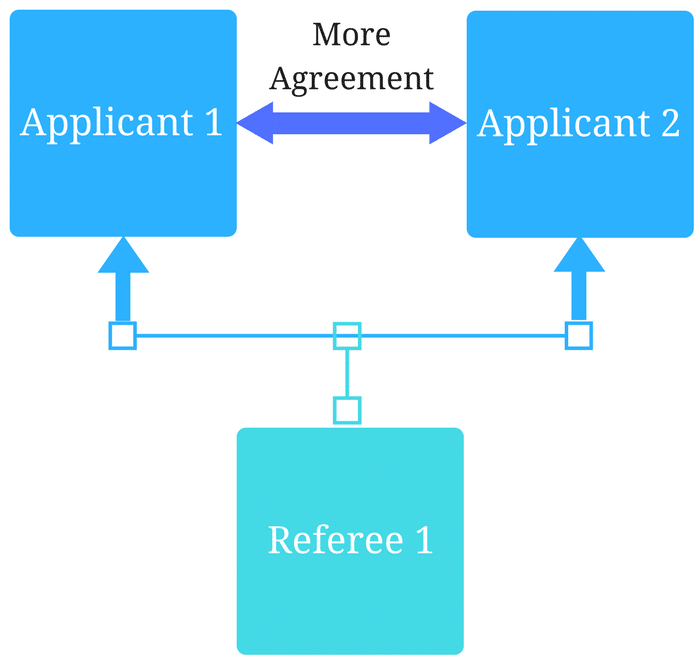Is Your Curriculum Map Stalling CQI?

July 11, 2025
3 Pitfalls and How to Fix Them
Curriculum mapping is no longer optional in medical education. It underpins accreditation compliance, drives competency-based learning, and powers Continuous Quality Improvement (CQI). But too often, the map becomes a documentation exercise rather than a meaningful tool for change.
That’s because the mapping process itself is flawed – not in theory, but in practice. Disconnected data, inconsistent labeling, and slow feedback loops prevent curriculum teams from seeing the full picture, much less acting on it.
This post outlines three common pitfalls that prevent curriculum maps from driving real CQI value and how you can fix them. We’ve also included a quick diagnostic to help you identify if these issues are affecting your school.
Quick Self-Check: Is Your Curriculum Map Supporting CQI?
If you answer “yes” to two or more of the questions below, your current process may be limiting your program’s ability to meet CQI goals:
- Are your session objectives stored separately from course objectives and assessments?
- Do different departments use different terms to tag similar content?
- Does updating your curriculum require back-and-forth emails or long waits for committee approvals?
- Is one person responsible for maintaining the entire map?
- Are you scrambling to prepare curriculum data during accreditation years?
Pitfall #1: Fragmented Data Sources
The problem:
Some schools still manage curriculum data in spreadsheets, shared drives, or siloed platforms. Course directors email session updates, learning objectives live in Word documents, and assessment data sits in a separate database. By the time information reaches a curriculum committee, no one is sure what’s current. Accreditation teams face version control chaos. Faculty waste time looking for files instead of improving instruction.
Why it matters:
Without a central source of truth, programs can’t track curriculum comprehensively or respond to student and faculty feedback in real time. Worse, disjointed data undermines CQI cycles and delays accreditation readiness.
The fix:
Adopt a centralized system where all mapping artifacts: objectives, sessions, materials, and assessments are stored, updated, and tagged in one place. Look for platforms that support audit trails, version history, and searchability. This not only increases accuracy but also builds trust across your stakeholder groups.
Pitfall #2: Terminology Mismatches
The problem:
One department tags content as “Patient Communication,” another uses “Interpersonal Skills.” A third adds both. Without a shared vocabulary, reports become misleading, making it hard to determine where competencies are actually taught or if they’re being duplicated. This often devolves into committee debates over semantics rather than discussions about curricular quality.
Why it matters:
Inconsistent terminology prevents meaningful longitudinal analysis and alignment with competency frameworks like CanMEDS or AAMC’s Foundational Competencies for Undergraduate Medicine. It also increases rework and review cycles during accreditation prep.
The fix:
Establish a controlled vocabulary for all mapped elements: competencies, domains, and tags. Build this into your platform templates and require consistent application across departments. Some schools find success by aligning first to national frameworks, then customizing locally with crosswalks or aliases to maintain clarity.
Pitfall #3: Delayed Feedback Loops
The problem:
Curriculum changes often require multiple rounds of review, email chains, and committee sign-offs. These delays mean that even when issues are identified, implementation lags behind delivery. The semester ends before improvements are enacted. Faculty stop engaging. And learners miss the chance to benefit from timely refinements.
Why it matters:
CQI depends on timely, actionable feedback. When change cycles lag behind course delivery, the opportunity for real-time improvement is lost and your map becomes a static archive, not a living tool.
The fix:
Tighten your feedback loop by making it easier for curriculum teams to access the information they need, when they need it. One45 centralizes curriculum data, making it simple for faculty and coordinators to review session details, see changes in context, and act on them without version confusion or endless email threads. And because all stakeholders—curriculum leads, course directors, and CQI teams—are working from the same platform, updates can be made more confidently and collaboratively, speeding up the review process.
Bonus Pitfall: Overreliance on a Solo Owner
The problem:
Many schools still treat curriculum mapping as a one-person job—usually a curriculum manager or coordinator. But mapping intersects with program outcomes, assessment design, clerkship scheduling, and accreditation reporting. Without clearly defined roles, tasks get dropped, duplicated, or delayed. And burnout becomes a real risk.
Why it matters:
When curriculum data is bottlenecked by a single person, institutional knowledge becomes fragile. Staff turnover, illness, or competing priorities can paralyze the system especially during high-stakes periods like accreditation self-studies.
The fix:
Adopt a distributed ownership model with clear roles and responsibilities. Who owns mapping accuracy? Who approves updates? Who aligns assessments to objectives? Start with a role mapping exercise to define these responsibilities. This Curriculum Role & Responsibility Map Template can help you get started with recommended MedEd roles, permissions, and collaboration points.
What an Effective Mapping System Looks Like
Avoiding these pitfalls isn’t just about minimizing pain, it’s about creating a system that drives real educational value. In a mature curriculum mapping environment, you’ll find:
- Integrated data across sessions, objectives, and assessments
- Consistent tagging aligned to national frameworks
- Automated workflows for updates, approvals, and alerts
- Shared ownership across faculty, administrators, and CQI teams
- Real-time reporting that informs both immediate course correction and long-term strategy
Put simply: curriculum mapping moves from a compliance checkbox to a strategic lever.
Final Thoughts
Most MedEd programs know what curriculum mapping is, but many still struggle with how to make it work. If your CQI process feels reactive, cumbersome, or unclear, these mapping pitfalls may be the cause. The good news? They’re fixable.
By addressing data fragmentation, enforcing terminology discipline, tightening feedback cycles, and distributing ownership, you can unlock the full value of your curriculum map—not just for compliance, but for continuous improvement.
Want to see what a better mapping system looks like?
Book a demo to explore how One45 by Acuity Insights helps medical schools streamline mapping, simplify CQI, and lighten the administrative load.
Related Articles

How interviews could be misleading your admissions...
Most schools consider the interview an important portion of their admissions process, hence a considerable…
Reference letters in academic admissions: useful o...
Because of the lack of innovation, there are often few opportunities to examine current legacy…
